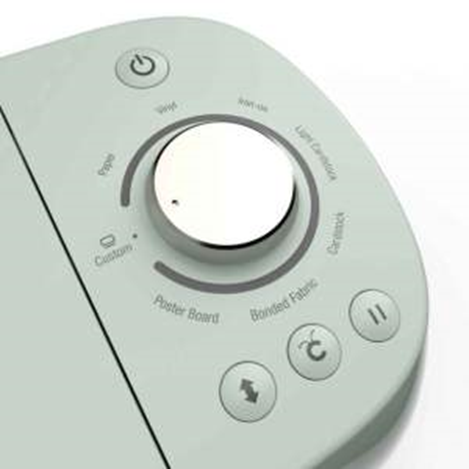We are
easily frustrated when dealing with interfaces. Things get even tougher if we
need to interface with a machine while others watch out of the corner of their
eye—or while waiting behind us. Sometimes it is a good way to strike up a
desperate conversation, perhaps proving people are generally kind.
Fundamentally, interface design requires discerning
acceptable simplification. However,
there is a limit on how much you can simplify a design—and you can never win— oversimplification
irritates power users.
Designing interactions should pursue two categories of concerns: 1) simplify and 2) assist user.
Here are examples of human-machine interface challenges from the non-digital world.
Washington DC Metro: Scary and confusing. Need tourist mode.
Cricut Cutting Machine: Manageable and sufficient




